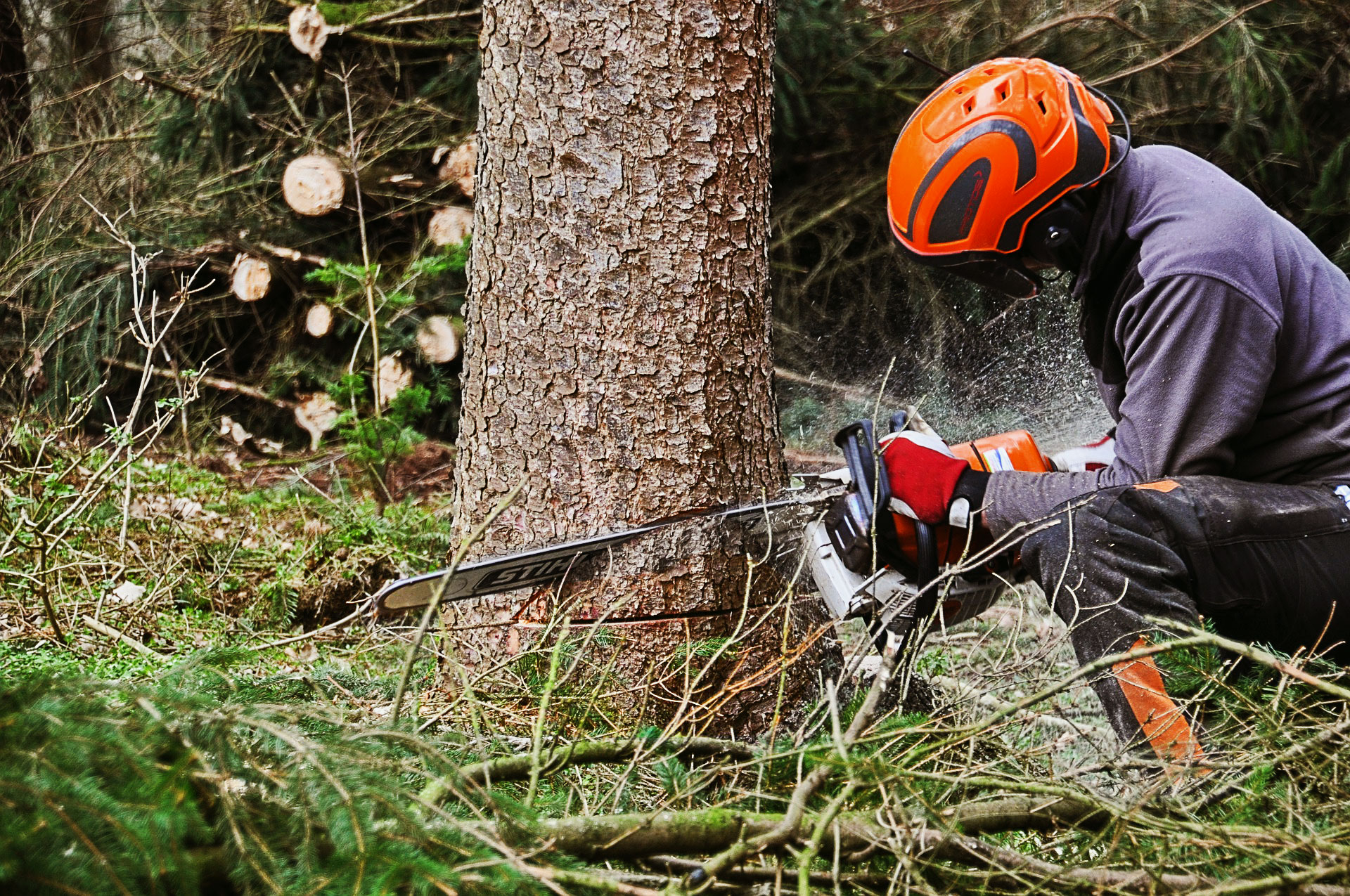Have you ever marveled at the beauty of a well-kept landscape, adorned with carefully pruned trees that seem to blend seamlessly with their surroundings? The art of arbor, with its focus on tree removal and tree trimming, plays a crucial role in creating and maintaining flourishing landscapes. Far more than a mere chore, pruning and felling trees requires skill, knowledge, and a deep understanding of the natural world. In this article, we will explore the intricacies of tree removal and tree trimming, uncovering the hidden techniques that enable arborists to sculpt nature’s majestic giants into stunning works of art. So, grab your gardening gloves and join us on this journey of discovery and mastery in the realm of arboriculture.
The Importance of Tree Trimming
Maintaining the health and beauty of your trees is essential for a flourishing landscape. Tree trimming plays a vital role in achieving this goal. Regular pruning not only enhances the aesthetic appeal of your property but also promotes the overall well-being of the trees. By removing dead, damaged, or overgrown branches, tree trimming allows for proper air circulation and sunlight penetration, which are crucial for a tree’s growth.
Tree trimming is especially crucial in preventing potential hazards. Over time, branches may become weak or diseased, posing a threat to both property and people. Regularly pruning trees helps to eliminate these risks by removing hazardous limbs that could potentially fall during storms or high winds. Additionally, by keeping trees properly trimmed, you can minimize the chances of branches interfering with power lines, ensuring safety for both residents and utility workers.
Moreover, tree trimming aids in maintaining the structural integrity of trees. By removing branches that are crossing or rubbing against each other, trimming helps to prevent damage caused by friction. It also encourages trees to develop a sturdy and balanced framework, reducing the likelihood of breakage and increasing their resilience against adverse weather conditions.
In conclusion, tree trimming is a fundamental practice for maintaining the health, safety, and aesthetics of your landscape. By investing time and effort into regular pruning, you can preserve the vitality of your trees, prevent hazards, and promote a thriving environment for both nature and people.
Safe and Efficient Tree Removal
When it comes to tree removal, it is crucial to prioritize safety and efficiency. Proper techniques and equipment should be employed to ensure the task is carried out with minimal risks and maximum effectiveness.
Firstly, it is important to assess the surroundings before initiating tree removal. Identifying any potential hazards such as power lines, buildings, or other trees in close proximity is vital. This evaluation enables the tree removal professionals to strategize the best approach and take necessary precautions to prevent any damage to property or accidents.
Secondly, using the right tools and equipment is essential for safe and efficient tree removal. Chainsaws, ropes, harnesses, and cranes are common tools utilized by arborists to effectively cut and remove trees. Well-maintained and sharp equipment not only ensures precision cuts, but also minimizes the time and effort required for the task.
Lastly, understanding the anatomy of the tree plays a significant role in safe removal. Arborists are trained to identify the weight distribution, weak points, and potential hazards associated with different tree species. This knowledge allows them to select the proper cutting techniques and make strategic cuts to safely bring down the tree without causing any harm or damage.
In conclusion, prioritizing safety and efficiency is key when it comes to tree removal. By conducting thorough assessments, using appropriate tools, and understanding the anatomy of the tree, arborists can ensure a safe and successful tree removal process.
Best Practices for Tree Care
-
Regular Maintenance:

Maintaining a regular pruning and trimming schedule is crucial for the health and vitality of your trees. By regularly inspecting and identifying any dead, diseased, or damaged branches, you can ensure the overall well-being of your trees. This proactive approach also helps prevent potential safety hazards, as weak or decaying limbs can pose a threat during storms or high winds. -
Proper Pruning Techniques:
When pruning your trees, it is important to follow proper techniques to avoid causing unnecessary harm. Start by making clean, precise cuts just outside the branch collar—this is the swollen area where the branch meets the trunk. Avoid leaving stubs, as they can become a gateway for pests and diseases. Additionally, be mindful of the branch size and angle to ensure that the overall tree structure remains balanced. -
Hiring Professional Arborists:
For more complex tree care tasks, such as tree removal or major pruning, it is advisable to hire professional arborists. These experts possess the knowledge, experience, and tools required to safely and efficiently handle such tasks. They can assess the health of the tree, identify any potential risks, and provide appropriate solutions. Collaborating with arborists ensures that your trees receive the care they need while minimizing the risks involved.
Remember, the art of arbor and the care of trees go hand in hand. By following these best practices, you can maintain a flourishing landscape and ensure the longevity of your trees.
